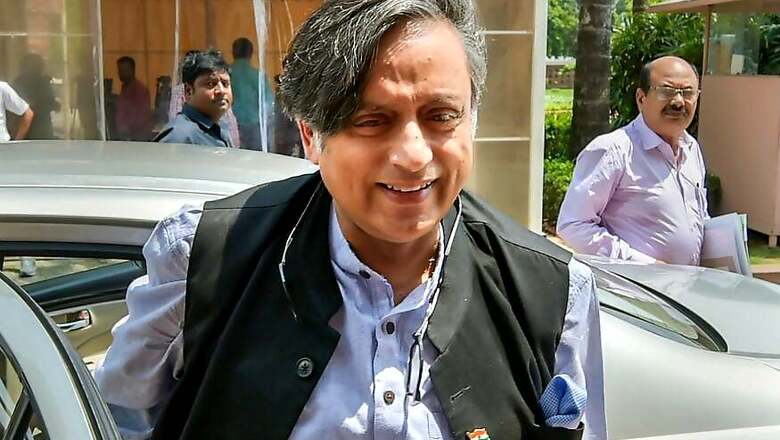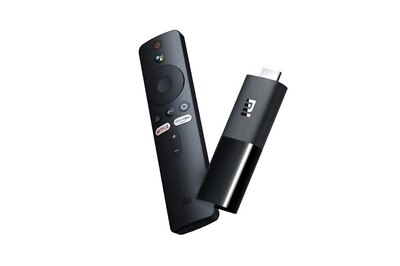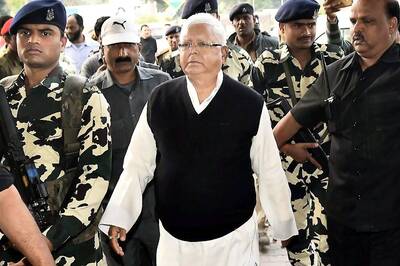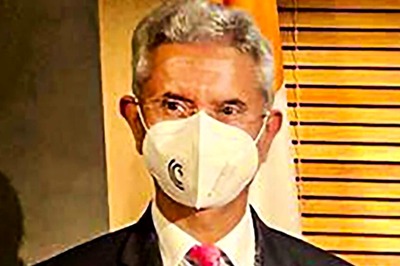
views
New Delhi: The Congress manifesto for the Lok Sabha elections has termed the BJP government’s foreign policy as “transactional” and marked by “outrageous flip-flops”. It accused the BJP of having undermined national interest as the foreign policy has been “reduced to the whim of one man”.
A similar statement last year by Congress chief Rahul Gandhi, that it was the Prime Minister not the External Affairs Minister who was running the ministry, had irked Sushma Swaraj. The Congress had referred to her as a “Twitter Minister”, to which she had responded that she would have been unable to answer questions had she not been active in policy decisions.
But while the political bickering may continue, it is the diplomats who go about quietly, behind-the-scenes, implementing decisions or as many accuse the Indian foreign policy of, largely reacting to global changing scenarios and bilateral ties. The shortfall of diplomats has been lamented as not being enough keeping in mind India’s rising global ambitions.
The Congress in its manifesto has suggested it will not just “increase significantly” the size of foreign service but will implement lateral entry too, an idea that has been opposed vehemently by the IFS cadre in the past. The manifesto says it will induct domain experts and scholars.
First, the issue of increasing the size of foreign services. It is true that between 1998 and 2005, there was a drastic cut-down in recruitment. The total intake through the UPSC exam across services came down to approximately 200 per year. In the early 2000s, no more than eight IFS officers were inducted each year. So much so that even support staff was reduced, a source told News18.
But between 2008 and 2018, a Ministry of External Affairs expansion plan was put in place. This looked at two aspects -- to increase the intake through the UPSC civil services exam and also to fast-track promotions on merit, which meant there were several promotees from group B services who held important diplomatic posts like ambassadors. Over the last six to seven years, the intake through the UPSC exam has been 35-40 IFS officers each year. The total number of recruitment, across services, was close to 1,200 last year.
Former IFS officer who served as India’s High Commissioner to Canada, Vishnu Prakash, said, “IFS's challenge is its small cadre, not indifferent calibre. The size of fresh batches has already been doubled. The shortage is being gradually addressed.”
The present strength of officers serving in the diplomatic ranks is close to 1,400 at the moment. This excludes the diplomatic appointees on deputation, like defence attaches in various missions.
On how it compares with other countries, the Ministry of External Affairs in a written reply to the Parliamentary Standing Committee on Foreign Affairs in 2016 had said, “India has a pool of about 2,700 diplomatic rank officers in our Missions/Posts abroad and at Headquarters, including those from the feeder service and other Ministries and Services. In contrast, China has 4,500 diplomats, Japan has 5,700 diplomats, Brazil has 2,000, Italy has 910 and Korea has 1,250. The United States is known to have about 20,000 diplomats. We are, therefore, not among the smallest of the diplomatic services, but are also not among the largest.”
The second aspect is of lateral entry to bring in domain experts, to which Prakash said, “Lateral induction is a knee-jerk reaction which would be disruptive and counter-productive. Best to allow professionals to do their job.”
Former secretary in the Ministry of External Affairs Rajiv Sikri added, "Diplomacy is very different from academics. As for domain experts, will they take the good with the bad? For instance, the difficult countries too. If not, then it will cause resentment."
But while the idea has found resistance from those in the IFS, some others believe it is the need of the hour. Strategic analyst and commentator Brahma Chellany said, “Bureaucracy reforms have become imperative, including energising the system and making it more efficient and productive. Bringing in talent from outside at different levels is one important aspect of administrative reforms.”
In 2016, the Parliamentary Committee on Foreign Affairs headed by Congress MP Shashi Tharoor had submitted a report on ‘Recruitment, Structure and Capacity-Building Of IFS Cadre, Including Need for a Separate UPSC Examination for Cadre, Mid-Career Entry and In-Service Training and Orientation’.
The report had expressed concern not just at the size, but also the “quality of newly recruited probationers” and had suggested “training and regular orientation programmes.”
The report also rooted for lateral entry. “Lateral entry route is a viable route for augmenting the capacity of the Ministry of External Affairs. The Ministry's ongoing Expansion Plan 2.0 has a provision for lateral entry,” says the report. The Expansion Plan 2.0 is a 15-year plan, but here lateral entry will mean officers on deputation for 3-5 years.
Former diplomat, Rajiv Dogra said, “If lateral entry was the solution to all ills, we wouldn't have had sick industry in private sector or the ill-equipped academia. Rather than such seasonal innovations, we should keep in mind the challenges that such untested ideas could pose in today's age of multiple challenges that go far beyond espionage.”
The IFS represents India before the world and are not just faced with the challenge of ever-growing complexities in the international domain but also with some bilateral relations, for instance with Pakistan and China getting intrinsically linked to national politics. With this in view, the issue of lateral entry of domain experts and scholars as suggested in the Congress manifesto will remain hotly-debated and contested.


















Comments
0 comment